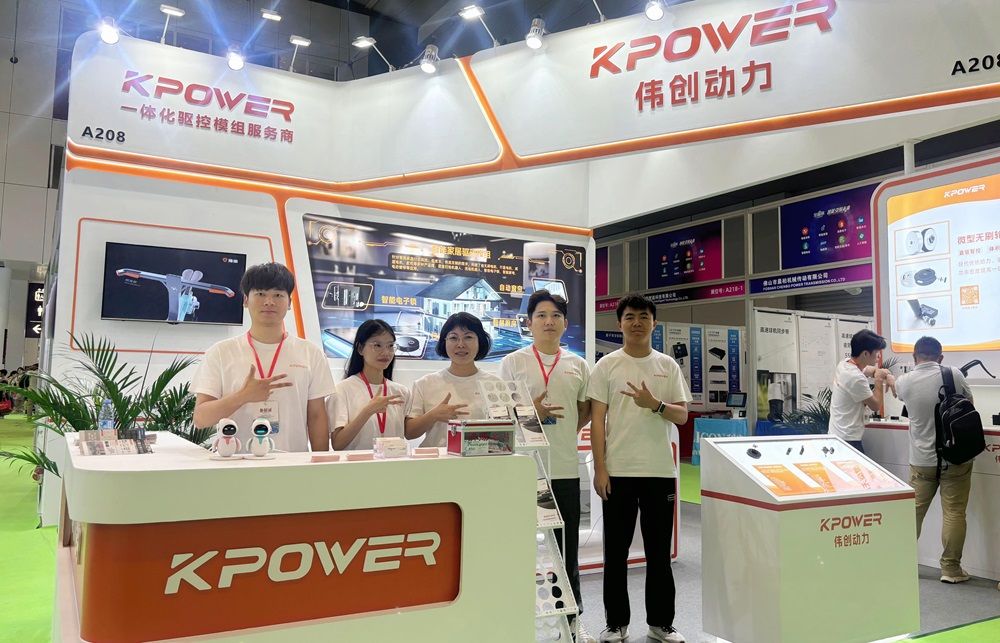Imagine plugging a tiny brain into your DIY project and watching it perform marvels—sounds like a scene straight out of sci-fi, right? Enter the ESP32 and its servo motor code. This dynamic duo is revolutionizing how hobbyists, tech enthusiasts, and innovative tinkerers approach automation. Whether you’re crafting a robot arm, an automated curtain, or a camera slider, understanding this combo unlocks endless possibilities.

The ESP32 isn’t just any microcontroller; it’s the powerhouse that brings Wi-Fi and Bluetooth capabilities straight to your fingertips. No need for extra modules cluttering your setup. But what truly makes it stand out? The way it communicates with servo motors. These tiny marvels convert electrical signals into precise rotational movement—think of them as the muscles behind your inventions.
Getting started with ESC32 servo motor code is surprisingly straightforward. The magic lies in the programming—simple lines of code tell the servo how to move, how far, and how fast. For example, you can program it to rotate a full 180 degrees or just a few degrees back and forth, mimicking human gestures or, say, a robotic eye blinking. It’s like giving your project a sense of life, a personality even.
But here’s the kicker—what makes the code really shine is its adaptability. You can use it for real-time control through a web interface, or with sensor feedback, you can automate movement based on environmental changes. For instance, integrating an ESP32 with a light sensor, and then scripting the servo to adjust a mirror angle so your plant gets maximum sunlight all day—that’s legit science meets art.
People often ask, “Is this setup reliable for long-term projects?” From personal experience and countless reviews, the answer is yes. The ESP32’s robust architecture paired with optimized servo code ensures smooth, repetitive motions without overheating or jittering. Plus, because it’s an open-source-friendly platform, customizing your code or troubleshooting is often just a matter of browsing forums or community samples.
When talking about integration, a common concern pops up—what’s the power draw, and how do I keep things safe? Well, the servo motor’s power needs depend on its size and load, but pairing it with a dedicated power supply and proper voltage regulation clears most hurdles. The ESP32 manages the control signals, while the servo’s power source handles the physical movement.
If you’re diving into this, stop for a moment—think about what you want to create. Do you need quick, repetitive motions? Or a single, precise move? Once mapped out, selecting the right servo and refining the code becomes almost meditative. Tweak, test, watch your tiny machine spring to life—it’s that sense of creation that keeps pushing this hobby forward.
So, whether you’re a seasoned builder or just tinkering, mastering ESP32 servo motor code opens a door to smarter, more responsive projects. It’s like giving your ideas a heartbeat, a pulse—making your designs not just functional but genuinely engaging. Who knew a piece of code could turn static parts into something that feels alive?
Established in 2005, Kpower has been dedicated to a professional compact motion unit manufacturer, headquartered in Dongguan, Guangdong Province, China. Leveraging innovations in modular drive technology, Kpower integrates high-performance motors, precision reducers, and multi-protocol control systems to provide efficient and customized smart drive system solutions. Kpower has delivered professional drive system solutions to over 500 enterprise clients globally with products covering various fields such as Smart Home Systems, Automatic Electronics, Robotics, Precision Agriculture, Drones, and Industrial Automation.




































